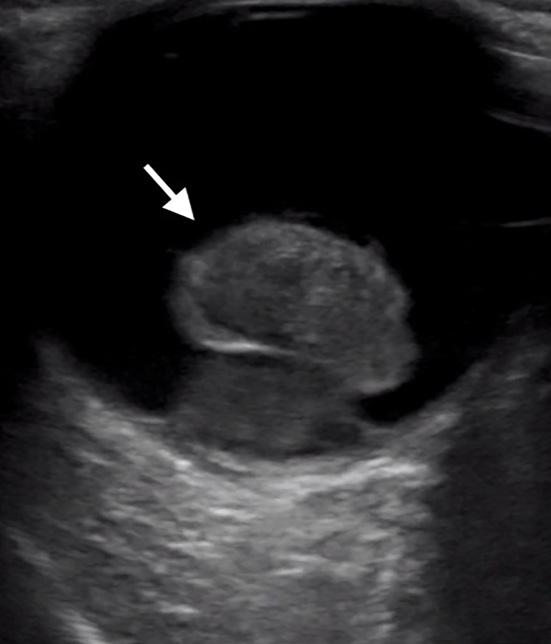Case Report
Cryptococcus gattii Meningitis in a Previously Healthy Young Woman: A Case Report Sarabeth Maciey, MD* *Stanford School of Medicine, Stanford Health Care, Department of Emergency Chloe Santa Maria, MBBS† Medicine, Palo Alto, California † Sachie Oshima, MD* Stanford School of Medicine, Stanford Comprehensive Otolaryngology Clinic, Jennifer A. Newberry, MD, JD, MSc* Department of Otolaryngology, Stanford School of Medicine, Palo Alto, California Section Editor: Rick A McPheeters, DO Submission history: Submitted March 4, 2021; Revision received May 24, 2021; Accepted May 28, 2021 Electronically published August 4, 2021 Full text available through open access at http://escholarship.org/uc/uciem_cpcem DOI: 10.5811/cpcem.2021.5.52344
Introduction: Cryptococcus gattii (C. gatti) is a rare cause of meningitis in the United States. Outbreaks in new geographic distributions in the past few decades raise concern that climate change may be contributing to a broader distribution of this pathogen. We review a case of C. gattii in a 23-year-old woman in Northern California who was diagnosed via lumbar puncture after six weeks of headache, blurred vision, and tinnitus. Case Report: A 23-year-old previously healthy young woman presented to the emergency department (ED) after multiple visits to primary care, other EDs, and neurologists, for several weeks of headache, nausea, tinnitus, and blurred vision. On examination the patient was found to have a cranial nerve VI palsy (impaired abduction of the left eye) and bilateral papilledema on exam. Lumbar puncture had a significantly elevated opening pressure. Cerebrospinal fluid studies were positive for C. gattii. The patient was treated with serial lumbar punctures, followed by lumbar drain, as well as amphotericin and flucytosine. The patient had improvement in headache and neurologic symptoms and was discharged to another facility that specializes in management of this disease to undergo further treatment with immunomodulators and steroids. Conclusion: Fungal meningitis is uncommon in the US, particularly among immunocompetent patients. Due to climate change, C. gattii may be a new pathogen to consider. This finding raises important questions to the medical community about the way global climate change affects day to day medical care now, and how it may change in the future. [Clin Pract Cases Emerg Med. 2021;5(3):345– 349.] Keywords: Climate change; meningitis; Cryptococcus gattii; headache; emergency medicine.
INTRODUCTION Climate change is expanding the landscape of infectious disease and may impact the daily practice of emergency medicine. Cryptococcus gattii (C gattii) is an encapsulated yeast whose global distribution has begun changing, possibly due to climate change. This pathogen lives in the soil and in association with certain trees. It was first isolated from eucalyptus but has also been isolated in other tree species in tropical and subtropical geographic distributions, especially Australia and Papua, New Guinea, and to a lesser degree Volume V, no. 3: August 2021
Africa, Europe, Mexico, and South America.1 The host is usually infected via the respiratory system from the environment, causing a pneumonia-like illness. This can disseminate to skin and other organs, including the central nervous system. Symptoms of neurologic involvement include headache, fever, neck pain, nausea, vomiting, photophobia, and altered mental status. The incubation period for C gattii is not well documented but average symptom onset may be six to seven months from exposure. It is not contagious between people.1
345
Clinical Practice and Cases in Emergency Medicine



















